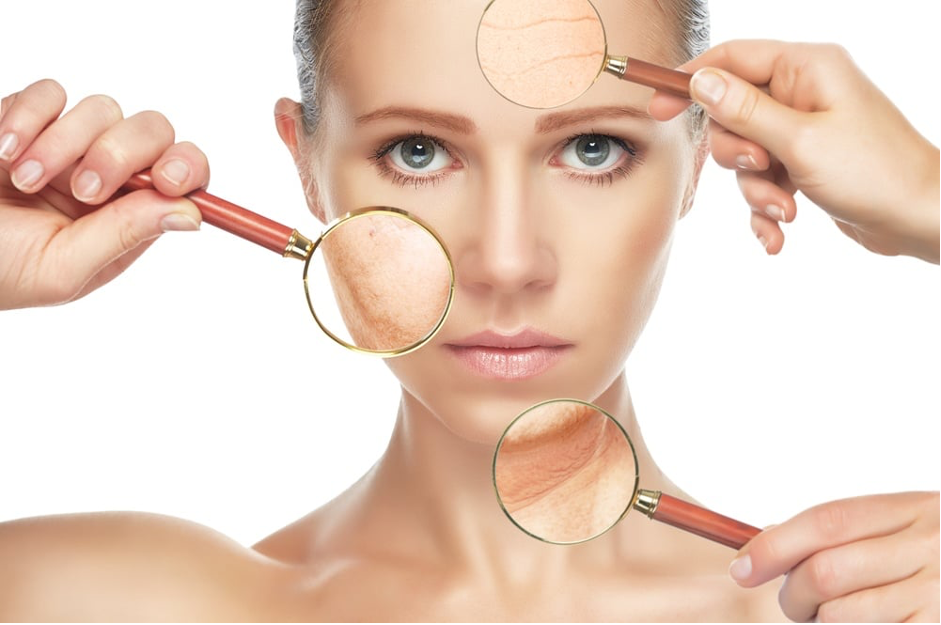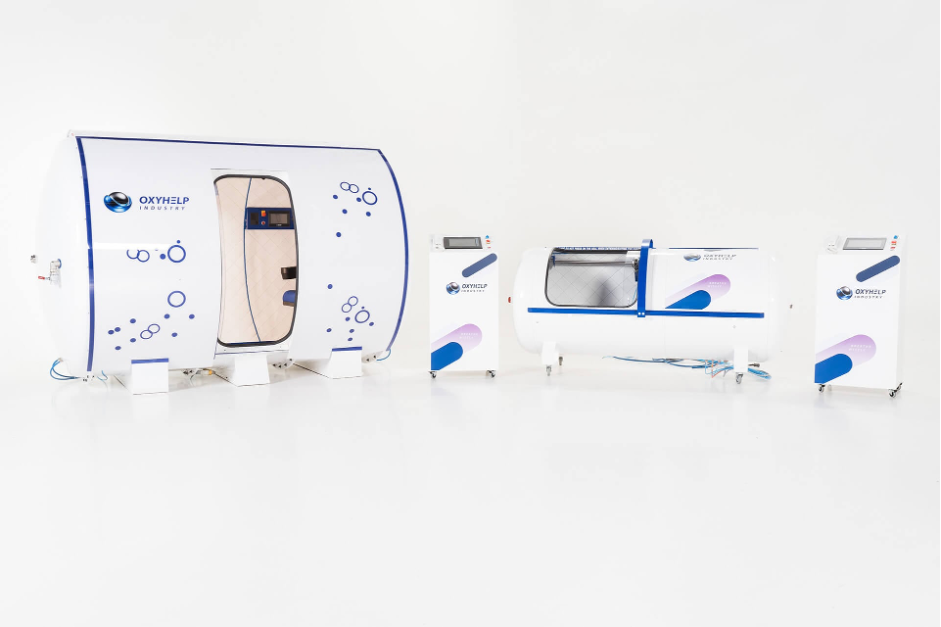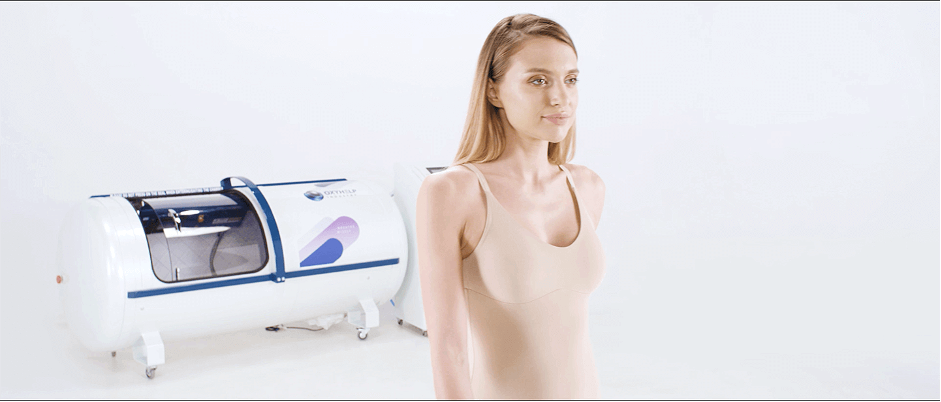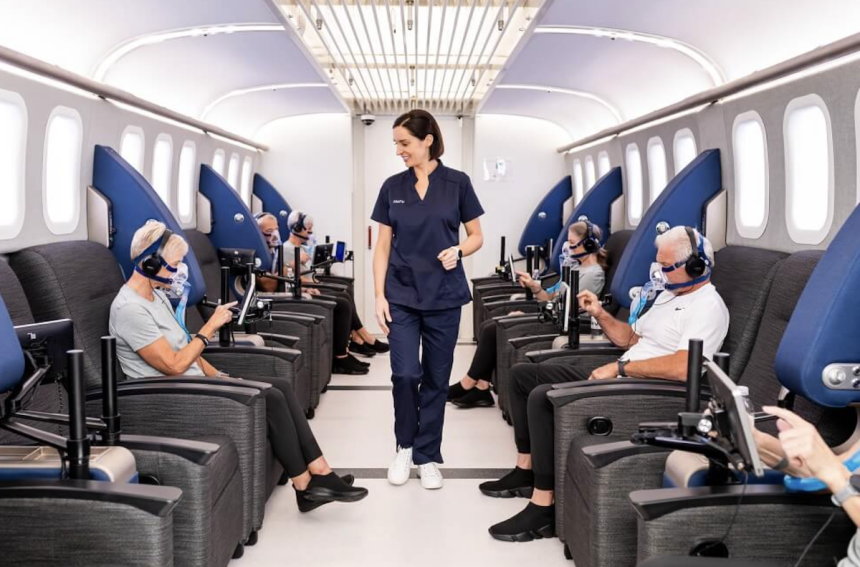In the ever-evolving world of skincare and rejuvenation, the integration of technology and medicine has led to groundbreaking advancements. Among these, Hyperbaric Oxygen Therapy (HBOT) stands out as a beacon of innovation. This article delves into the fascinating world of HBOT, particularly focusing on its application in skin rejuvenation, while intertwining historical insights and the technological prowess of hyperbaric chambers.
The story of HBOT is not a recent chapter in medical history. Its roots trace back to the mid-17th century when British clergyman Henshaw built the first documented hyperbaric chamber. However, it wasn’t until the 20th century that HBOT began to gain prominence in the medical field. Initially used for treating decompression sickness in deep-sea divers, its potential in various medical applications, including skin rejuvenation, gradually unfolded.

At its core, HBOT involves breathing pure oxygen in a controlled, pressurized environment, typically within specialized HBOT chambers. These chambers are designed to increase atmospheric pressure, thereby allowing the body to absorb higher levels of oxygen. This process, seemingly simple, triggers a cascade of physiological reactions beneficial for skin health and rejuvenation.
The science behind oxygen and skin health
Oxygen is not just vital for breathing; it’s a cornerstone of cellular health and regeneration. In the context of skin health:
- Enhanced collagen production: Oxygen boosts collagen synthesis, a critical protein for skin elasticity and strength.
- Improved healing: Increased oxygen levels expedite the healing process of damaged skin, reducing recovery time.
- Detoxification: Enhanced oxygenation aids in flushing out toxins, which can improve overall skin health.
The role of HBOT in skin rejuvenation
Integrating HBOT into skin rejuvenation regimens has shown promising results. The therapy’s ability to enhance oxygen delivery to skin tissues plays a pivotal role in its effectiveness. Here’s how HBOT contributes to skin rejuvenation:
- Reduction of inflammation: By increasing oxygen levels in the blood, HBOT reduces inflammation, a key factor in many skin conditions.
- Stimulation of angiogenesis: HBOT promotes the formation of new blood vessels, improving blood flow and nutrient delivery to the skin.
- Activation of fibroblasts: These cells are crucial for tissue repair and regeneration, and their activation leads to improved skin texture and appearance.
The hyperbaric chamber, the cornerstone of HBOT, is a marvel of medical technology. These chambers, whether monoplace (for one person) or multiplace (accommodating multiple individuals), are designed to create an environment where pressurized oxygen can be safely administered. The technology behind these chambers has evolved significantly, making HBOT more accessible and efficient.

HBOT chambers: types and features
There are primarily two types of HBOT chambers:
Monoplace chambers: Designed for individual treatment, these chambers are compact and focus on providing personalized care.
Multiplace chambers: Larger in size, these chambers can treat multiple patients simultaneously and are often used in wellness and spa centers.
The process of HBOT
Undergoing HBOT is a unique experience. The process typically involves:
- Entering the chamber: Patients enter the hyperbaric oxygen chamber, either alone or with others, depending on the chamber type.
- Pressurization: The chamber is gradually pressurized with pure oxygen, a sensation akin to the gradual change in pressure experienced during an airplane ascent.
- Breathing normally: Patients breathe normally during the session, which can last from 60 to 90 minutes.
The future of HBOT in skin rejuvenation is bright and promising. With ongoing research and technological advancements, the efficacy and applications of HBOT are likely to expand, offering more comprehensive and effective skin rejuvenation solutions.

Customizing HBOT protocols for individual needs
The versatility of HBOT lies in its ability to be tailored to individual needs. Different skin types and conditions may require specific HBOT protocols. For instance, a person with sun-damaged skin might undergo a different HBOT regimen compared to someone seeking treatment for post-surgical scars. This customization is possible due to the adjustable nature of hyperbaric oxygen chambers, where pressure levels and oxygen concentration can be finely tuned. This personalized approach not only enhances the effectiveness of the treatment but also ensures a higher degree of safety and comfort for the patient.
Integrating HBOT with other skin rejuvenation therapies
Another exciting aspect of HBOT in skin rejuvenation is its potential to be combined with other treatments. For example, when used alongside laser therapy or micro-needling, HBOT can enhance the healing process, leading to better results. This synergy between different modalities opens up a new frontier in comprehensive skincare. By integrating HBOT, patients can experience a holistic treatment plan that addresses various aspects of skin health, from oxygenation and hydration to collagen production and scar reduction.
These additional insights further underscore the multifaceted nature of HBOT in the realm of skin rejuvenation. Its ability to adapt to individual needs and complement other treatments makes it a valuable asset in both medical and cosmetic dermatology. As we continue to explore and refine these treatments, the potential for transformative skin care experiences becomes increasingly tangible.
Conclusion
Hyperbaric Oxygen Therapy, with its rich historical background and cutting-edge technology, represents a significant leap in the realm of skin rejuvenation. By harnessing the power of oxygen in a controlled environment, HBOT offers a unique and effective approach to skin health and beauty. As we continue to explore and understand its full potential, HBOT stands as a testament to the incredible synergy between technology and the natural healing power of the human body.
Lynn Martelli is an editor at Readability. She received her MFA in Creative Writing from Antioch University and has worked as an editor for over 10 years. Lynn has edited a wide variety of books, including fiction, non-fiction, memoirs, and more. In her free time, Lynn enjoys reading, writing, and spending time with her family and friends.















